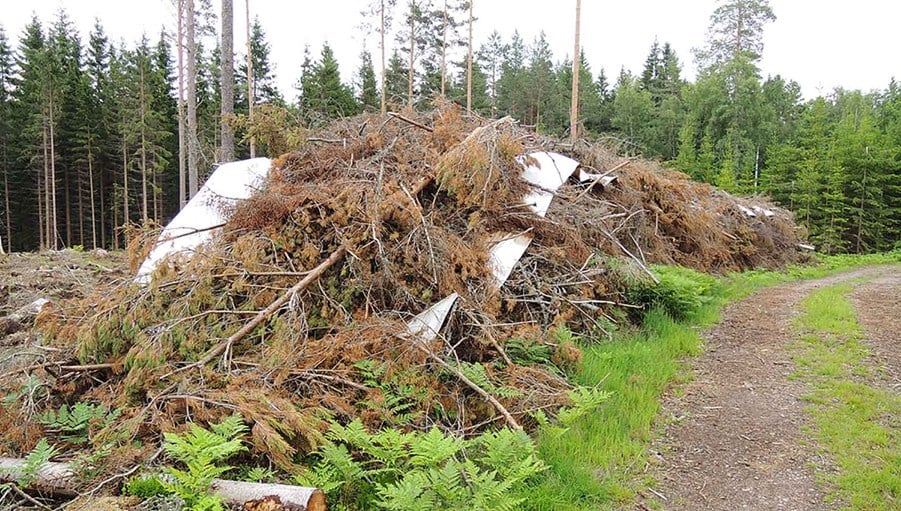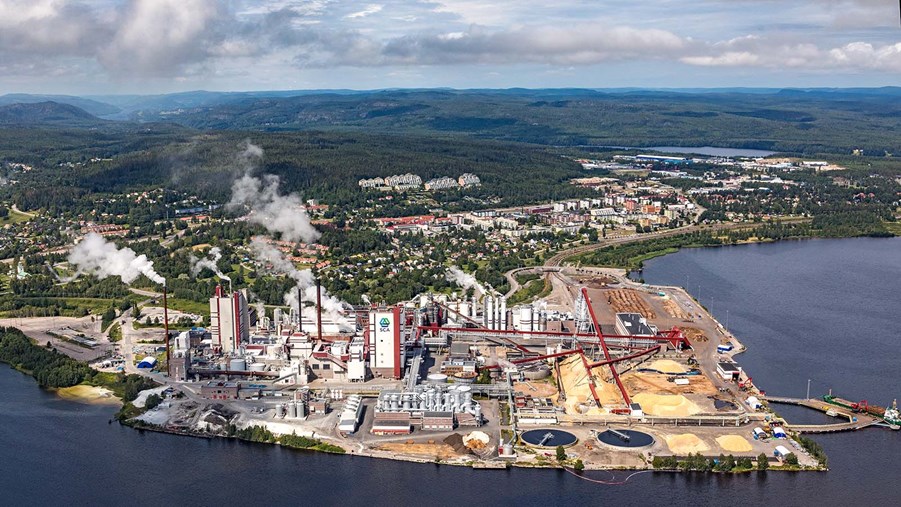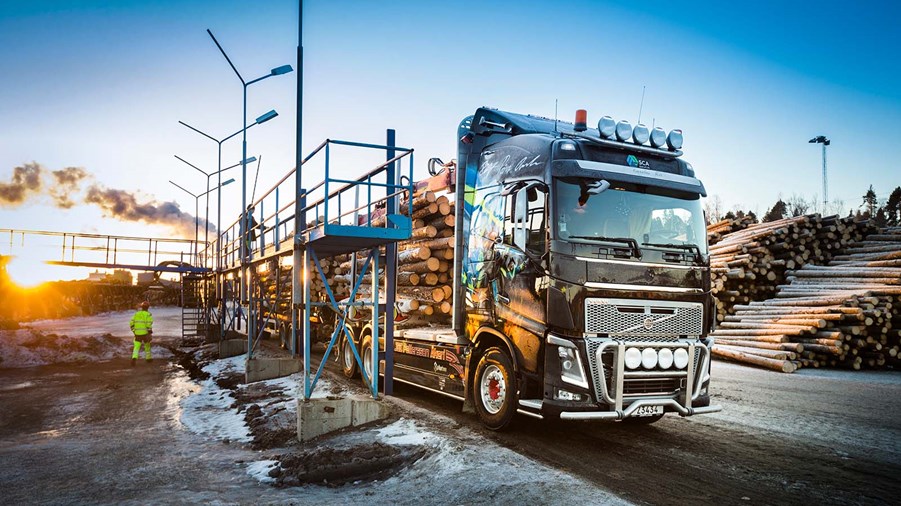
The forest industry is one of Sweden’s most energy-intensive sectors. But even though it uses a significant amount of electricity and heating, the forest industry is also largely self-sufficient. The electricity and energy produced by the forest industry is renewable and fossil free, and the industry is also one of the country’s leading producers of bioenergy.
With electricity consumption of approximately 18 TWh, the forest industry accounts for around 15 per cent of Sweden’s total electricity consumption. When it comes to bioenergy, the forest industry is the country’s largest bioenergy producer, and also the largest consumer of that energy source. A full 96 per cent of the fuels used in the forest industry are biofuels. The sustainable production and use of electricity and energy are high on the forest industry’s agenda.
High supply of own renewable, fossil-free electricity and energy
A significant proportion of the electricity used in the forest industry is produced in the industry’s own operations. Today, for example, the forest industry is 50 per cent self-sufficient in its own renewable and fossil-free electricity.
In its processes, the forest industry transforms raw material from the forest into products that are important for us in our daily lives, such as writing paper, medicine packaging and timber. Surplus energy is produced during these processes and used in turn to produce electricity and energy such as heat. The heat and electricity produced are then circulated in the industry’s own processes. So even though the energy is mainly used internally, others can also benefit from it.
Renewable, fossil-free electricity and bioenergy for entire society
In many parts of Sweden, surplus heat from forest industry facilities is utilised by municipal district heating networks to heat our homes, nursery schools and other spaces.
Residues from the forest industry – such as bark, wood chips, sawdust, small branches and pellets – are also used by municipalities, households and producers of bioenergy and biofuels.
Bioenergy from the forest accounts for around one-third of Sweden’s total energy consumption. The forest’s renewable, fossil-free bioenergy makes this possible, and is a key component of Sweden’s fossil-free electricity and energy consumption.

Around 40 percent of Sweden's district heating comes from the forest.
Biofuels
Residual streams from the forest industry can also be used to produce fossil-free biofuels. Pine oil is the currently the most-produced product, and bioethanol and biogas are also produced. Read more about biofuels here.


